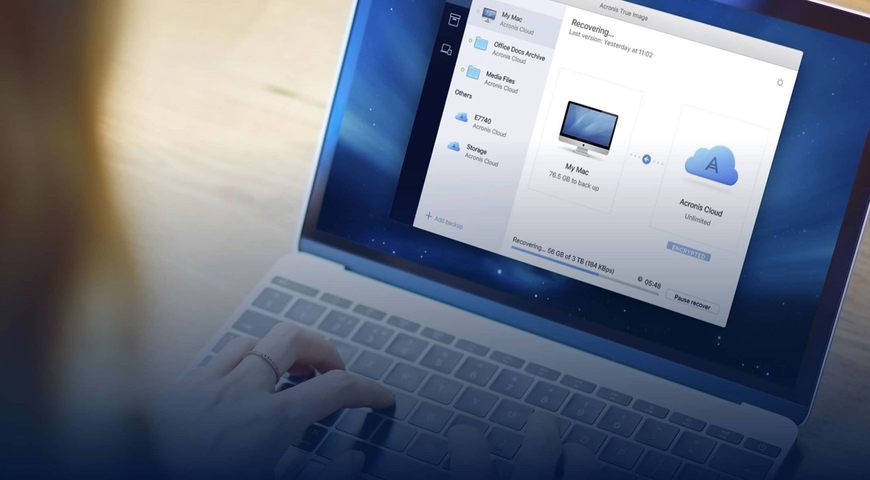
In 2010, IDC forecasted that by 2014, 70 percent of all servers would become virtual. That prediction has largely come to bear, as Gartner estimates that Windows is now 60 to 70 percent virtualized, with Linux about 35 to 45 percent there. Moreover, between the legacy physical systems in place, the decline in server shipments and the large proportion of virtualized environments, hardly any system shipped today is not virtual.
In other words, virtualization is the prevalent and dominant mode today, and physical server deployment is extremely rare. This holds true across all sectors, industries and company sizes.
However, there is still plenty of room for growth and evolution in this area. Here are our seven predictions for virtualization in 2014:
1. Costs Will Continue to Drive Adoption
Costs have long been a primary driver for virtualization adoption. That will be the case even more so in 2014, as small home businesses and traditional SMBs adopt virtualization en masse to more efficiently distribute the costs of expensive hardware. Enterprises will also continue to invest in virtualization to decrease running costs, such as electricity, data center floor space and network infrastructure.
2. Flexibility and Scalability Will Reign
Secondary drivers of virtualization adoption include flexibility and scalability. Virtualization makes it easy to rearrange any setup and re-distribute workloads seamlessly. It also enables scalability because it makes resource capacity adjustments easy to do, without a “forklift”-style rearrangement.
3. Infrastructure Virtualization Will Increase
I predict that 2014 will be the year of infrastructure virtualization. While servers are already largely virtualized, it is time for network and storage hardware to follow suit. In 2013, VMware introduced vSphere 5.5 with new network virtualization technologies, which are quickly catching on. Microsoft Hyper-V 2012 and 2012 R2 are also giving the market some choices when it comes to infrastructure virtualization. All of these are likely to gain in popularity in 2014.
4. Storage Virtualization Will Be Key
On the storage front, virtualization is becoming more and more relevant. It is hard to manage multiple storage locations, so we will see many solutions emerge to help consolidate, tier and cache existing storage for virtual systems.
5. Virtual-Cloud Convergence Will Begin
I predict that 2014 will see the first (baby) steps of cloud IaaS and virtualization convergence, as solutions emerge that allow seamless migration of workloads from on-premises virtual environments to the cloud and back. In fact, I predict that the boundary between cloud and on-premise virtual will be all but gone by 2018.
6. VDI Will Enter Its Death Throes
What I don’t expect to see in 2014 is growth in virtual desktop infrastructure (or VDI). VDI was always an intermediate technology, and I expect migration to the cloud - in the form of IaaS, SaaS and PaaS - to sound an end to VDI. In addition, prevailing shift to access devices, such as tablets, chromebooks and smartphones and away from traditional computing endpoints (desktops and laptops) will further accelerate the death of VDI. Adios!
7. BYOD Will Accelerate Server Demand
One of the important consequences of BYOD is the shift of workloads from endpoints (such as desktops or laptops) toward servers. This means that organizations will need to engage more server-based computing resources, driving the adoption of virtualization. The Chromebook is a great example of this in action. A Chromebook is not really a personal computing device so much as a personal access device; the real computing takes place on servers. The cloud will also play a role for BYOD, obviously, but only for less secure and less mission-critical operations of any given organization.
What are your predictions for virtualization in 2014?
About Acronis
A Swiss company founded in Singapore in 2003, Acronis has 15 offices worldwide and employees in 50+ countries. Acronis Cyber Protect Cloud is available in 26 languages in 150 countries and is used by over 20,000 service providers to protect over 750,000 businesses.




